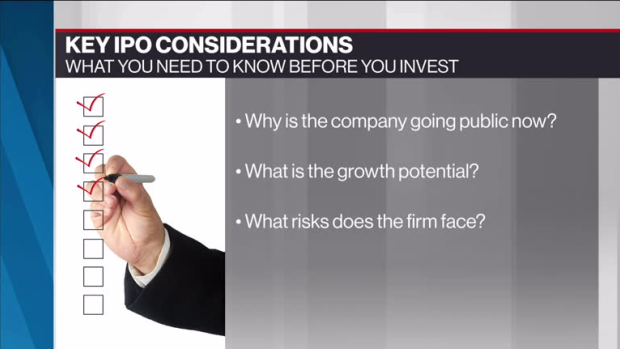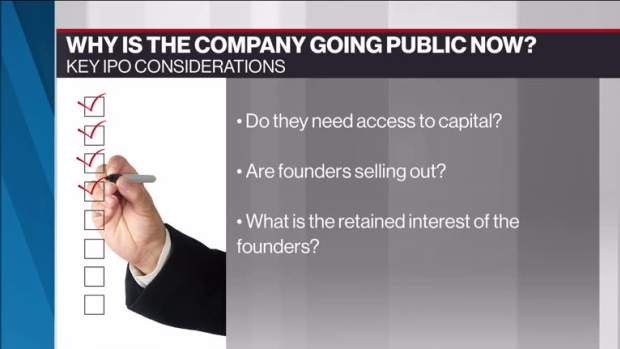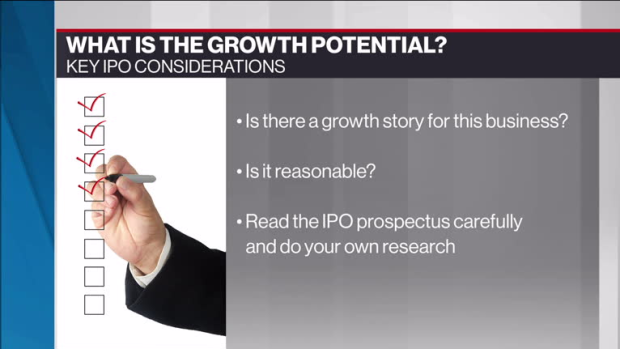Jun 14, 2018
What investors should know before buying into an IPO
It was a bitter proxy fight, but in the end DavidsTea shareholders voted in favour of change at the struggling company Thursday, causing the resignation of CEO Joel Silver along with an overhaul of the entire board.
Silver had been trying to prevent a shareholder revolt, led by company co-founder Herschel Segal, who has taken over as executive chairman and interim CEO following Silver’s resignation.
DavidsTea went public in 2015 but has lost about 80 per cent of its value since then.
Its challenges highlight the risks shareholders can face when buying into a company that’s going public.
Allan Goodman, partner at Goodmans LLP told BNN Bloomberg on Thursday that a lot of research should go into buying into an initial public offering and that investors should be prepared to do some reading.
“You have to know that before an IPO hits the market two or three months have been spent with the company, with the underwriters and with counsel writing this document called the prospectus,” Goodman said. “People look at that and say, ‘It’s 200 pages. I can’t read it. It’s too much. Just tell me what to buy.’”
“But, the reality is the whole story is in there,” he said.
Goodman outlined a number of factors that investors (or their advisors) should be mindful of when deciding whether to get in on the ground floor.

WHAT IS THE GROWTH POTENTIAL?
“You’re buying a stock not only on its history, because you’re not getting the benefit on that. You’re buying on its future growth. Some prospectuses will have forecasts. They’ll have a growth story, a strategy. You should read that and understand. Does it make sense to you? Do some research. Speak to people and see [if] this makes sense for this company.”
WHY IS THE COMPANY GOING PUBLIC NOW?
“Who’s selling and why? Why is this company going public? Do they have an acquisition strategy? Do they want currency in their stock?”

WHAT RISKS DOES THE FIRM FACE?
“How much will the founders be retaining? Are their interests aligned with you? Or is it a private equity shop just selling out at this point and now it’s a whole new set of shareholders?”

IS THERE A GROWTH STORY FOR THIS BUSINESS? IS IT REASONABLE?
“Many, many IPOs are sold not only on the history, but on what’s to come, and that’s the extra value that the founders are getting at this time and that’s usually why they’re selling. They need to grow but they also need access to capital markets to do that. You have to look at that. If it’s a retail brand and they’re projecting huge store growth, can they actually do that? Does it make sense to do that?”
READ THE IPO PROSPECTUS CAREFULLY AND DO YOUR OWN RESEARCH
“If you can’t read the 200 pages, read the first 20, which is the summary [and] at least hits the highlights, because, you know, we can all go to Las Vegas and throw our money on the table, but the reality is if you want to be a sophisticated investor, the reason those documents have been put in place by the securities commissions is to have you be informed.”
Even after studying the prospectus, investors should be prepared to roll with possible challenges as they arise. Knowing what the vision is and how it could affect profitability should guide decision-making and whether or not to buy into the company’s vision.
“The prospectus is your starting point. That’s your kick-off road map… but every quarter there’s a publication,” Goodman said. “Are they disclosing everything appropriately going forward?”
“Things happen to companies, and you can’t project everything, but, if they explain the risks and if for some reason things didn’t happen, that’s fine. But, if there was a misrepresentation, that’s a problem and that’s what people would look at in a circumstance when stocks drop dramatically.”








